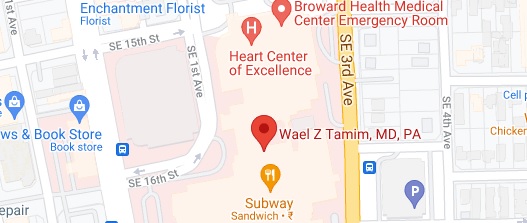What is Peritoneal Dialysis Catheter Insertion?
Peritoneal dialysis is a procedure used to remove excess fluid and waste products from the blood when the kidneys can no longer function. Peritoneal dialysis is a widely accepted and common method of home dialysis which eliminates the need to visit the dialysis center for hemodialysis (a blood-filtering procedure using a machine) three times a week for about 3-5 hours each visit. Peritoneal dialysis is a flexible method that can be performed at home, at work or while traveling.
Peritoneal dialysis uses a thin membrane, called the peritoneal membrane that lines the abdomen to perform the dialysis. A small, flexible tube called the Peritoneal dialysis catheter (PD catheter) is inserted into the abdomen to carry out the procedure. The procedure involves three steps:
- Filling the abdomen with the dialysis solution (dialysate) containing dextrose sugar that acts as an osmotic agent
- Leaving the dialysis solution for a few hours (dwell time) so that the waste products and extra fluid pass from the blood into the dialysis solution through the peritoneal membrane while RBCs and nutrients are retained
- Draining the dialysis solution containing the waste and extra fluid and replacing it with fresh dialysis fluid
The dwell time is around 4-6 hours and the drain and fill time about 30-40 minutes with 4-5 exchanges a day.
PD catheter insertion
PD catheter insertion can be done using one of three methods:
Open technique
Open surgical PD catheter placement is a traditional technique performed under local or general anesthesia. Your surgeon makes one long incision in the abdomen and reaches the peritoneal cavity (the potential space between the parietal peritoneum and visceral peritoneum, the two layers that form the peritoneal membrane) and places the catheter in the pelvic cavity and sutures it in the proper location. The other end of the catheter is then tunneled subcutaneously and directed to an exit site incision in the abdominal wall.
Laparoscopic technique
Laparoscopic PD catheter placement is the most commonly used technique that is performed under general anesthesia. Your surgeon makes two small incisions in the abdomen.
A laparoscope (small, thin tube with a light and tiny video camera that helps to visualize the internal organs during the operation) is inserted into the body through one of the incisions. The television monitor will guide your surgeon to insert the catheter through the other incision. The catheter is threaded into the pelvis and then sutured in the proper location. The other end of the catheter is tunneled subcutaneously and directed to an exit site incision in the abdominal wall.
Percutaneous technique
Percutaneous (through the skin) technique is performed under local or general anesthesia. Your surgeon makes an incision above the entrance site, usually in the midline. A fine needle is then inserted into the peritoneal cavity, the position of which is confirmed by filling the cavity with air or saline. Positioning is confirmed correct if the patient does not feel any pain or resistance while filling the cavity. A guidewire is threaded through the fine needle into the abdomen after which the needle is removed. Using this guidewire, a dilator and a peel-away sheath are threaded into the abdominal cavity. The dilator and guidewire too are removed and the PD catheter is inserted with the help of a stylet and threaded through the sheath into the pelvic area. The peel-away sheath and the stylet are removed and the other end of the catheter is then tunneled subcutaneously and directed to a selected exit site. The procedure is completed with the closure of the entrance site.
Post-procedure care
- The dressing at the exit site has to be kept intact for one week unless there is leakage or bleeding at the exit site.
- The dressing has to be changed weekly for 3 weeks
- The exit site has to be kept dry and covered with clean gauze and tape
- Avoid showers for the first 3 weeks
- It is better to begin peritoneal dialysis after 2 weeks of catheter insertion
Complications of peritoneal dialysis catheter placement:
- Intestinal perforation can occur when the peritoneal catheter is inserted into the abdominal cavity causing symptoms of pain, nausea or a rigid abdomen.
- Failure of the catheter due to blockages caused by blood clots
- Leakage of dialysate from the peritoneal catheter
- Pain or discomfort in cases where the dialysate is too acidic, extremely cold or infused swiftly through the peritoneal catheter.
- Some of the complications that may occur after a month of catheter insertion include infection of the tunnel and exit-site, problems with dialysate drainage or hernias.


